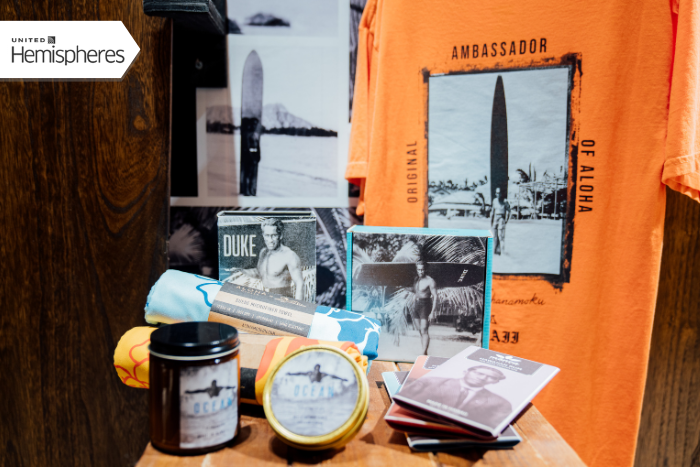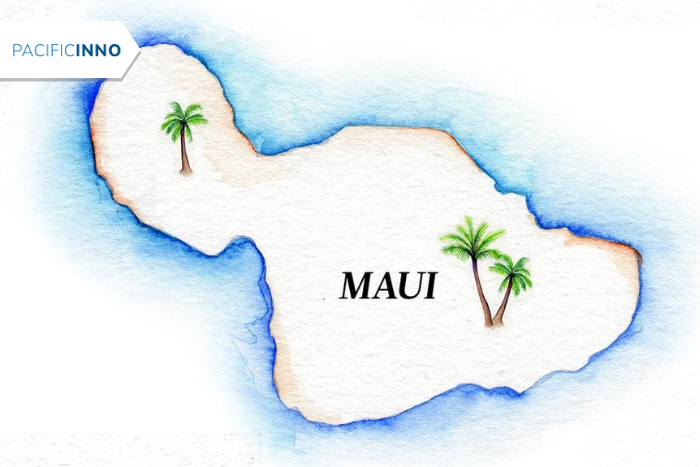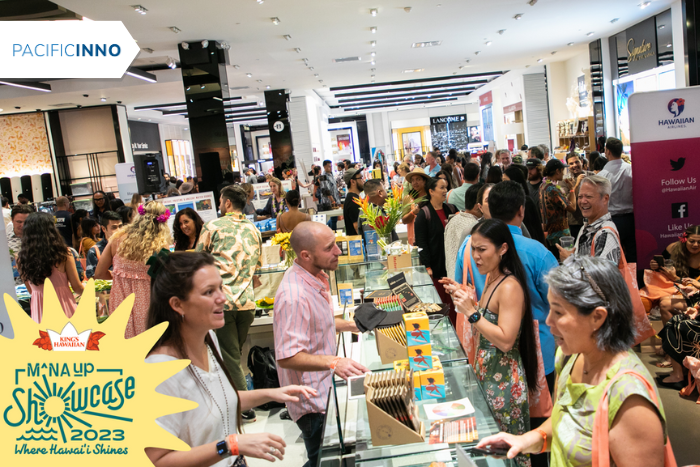Navigator
The Pastime by Jeanne Cooper
Watching Hawaii’s top surfers used to require a massive zoom lens or a potentially foolhardy urge to paddle out with them. Now, at the new Wai Kai recreation complex, about 45 min- utes west of Waikiki at the Hoakalei Resort, pros and novices alike can take turns riding the 100-foot-wide Wai Kai Wave—the first deep-water standing wave in Hawaii—just steps from onlookers.
“It takes a little time to adapt to the energy,” says Buzzy Kerbox, winner of the 1978 World Cup at Sunset Beach on O‘ahu’s North Shore and one of the originators of tow-in surfing, a practice that allows big-wave surfers to reach breaks far offshore. “But once you adapt, to go on the wave and ride for so long and practice different kinds of turns is amazing.”
The proximity to the action for spectators is just one of the revolutionary aspects of the wave (which takes its name from the Hawaiian words for freshwater, wai, and seawater, kai).
There’s also the wave’s reliability— after all, no one has to wait for Mother Nature to do her part—and the way it actually feels. As Kerbox explains, while an ocean wave propels surfers forward, the standing wave, which is created by powerful pumps in a pool that holds 1.5 million gallons of water, can pull them back; surfers either push down on their front foot, he says, or “it’s just vroom, you’re gone and into the back of the pool.”
You don’t need to be in the World Surf League to tackle Wai Kai, though. Kerbox has recommended the park to both his eldest son, Kody, a surf instructor and former professional stand-up paddler (“It took him a couple rides to adapt to its energy, and then he was terrorizing the pool”), and to less experienced friends. “It’s a great place to go and practice,” he says. “It’s a shortcut to getting some riding time that can improve your skills quickly.”
Ikaika Kaulukukui, manager of surf operations at The LineUp at Wai Kai, has helped several beginners mastertheir first waves with the encouragement of waiting experts. “I was worried that when a first-timer wiped out, people would be laugh-ing or saying, ‘You’re a kook,’ but those are the people who get the most applause,” Kaulukukui says. “There are all these rippers in line, and they’re cheering the loudest for the beginner getting up and riding the wave. The first time you figure it out, people are going to be psyched for you.”
Apart from the wave, the complex features two restaurants helmed by Todd Humphries, the Michelin-starred chef of Kitchen Door Napa, and the 52-acre Wai Kai Lagoon, where patrons can rent stand-up paddleboards, out- rigger canoes, and other watercraft to reach floating cabanas. There’s also the LookOut restaurant and bar, perched right above the wave, which Kaulukukui says brings O‘ahu’s various surf communities together. “They’re filming each other and talking story, hanging out,” he says. “It’s become this cool hangout environment. I’m like, ‘Don’t you have to go to work or something?’”
THE MEMENTO
House of Mana Up’s Duke Kahanamoku Collection
Surfers of all abilities take inspiration from the sport’s first ambassador, Duke Kahanamoku, whose lei-draped statue overlooks the beach in Waikiki. Now, thanks to local retailer House of Mana Up, they can pay tribute to the Olympic swimmer and surf legend with a new line of beach essentials.
Eight Hawaii-based small businesses recently received permission to design products— including T-shirts, a microfiber towel, and reef-safe sunscreen—bearing Kahanamoku’s name and likeness. The items are available only at House of Mana Up’s two Waikiki stores and its online shop, and 10 percent of the proceeds of sales go to a pair of nonprofits: the Outrigger Duke Kahanamoku Foundation and Nā Kama Kai, which was founded by world champion surfer Duane DeSoto to teach children about ocean stewardship. Want to dive deeper into Kahanamoku’s legacy? Check out the Duke Kahanamoku Ocean Festival (August 18–27) in Waikiki. —Jeanne Cooper



